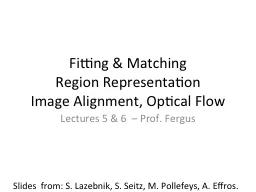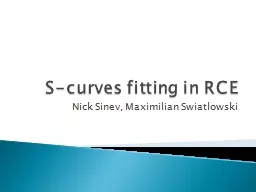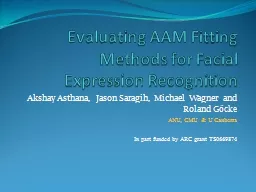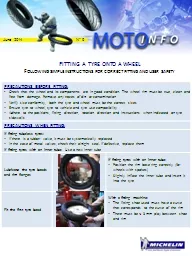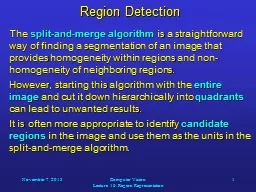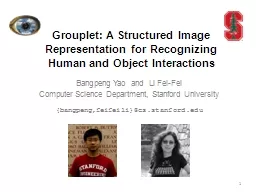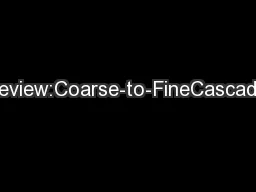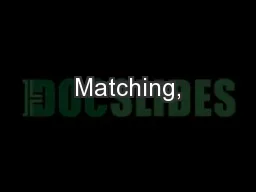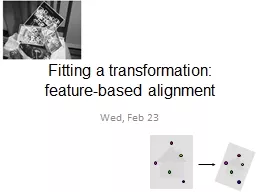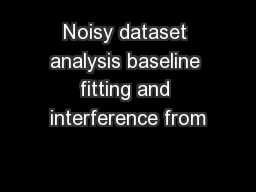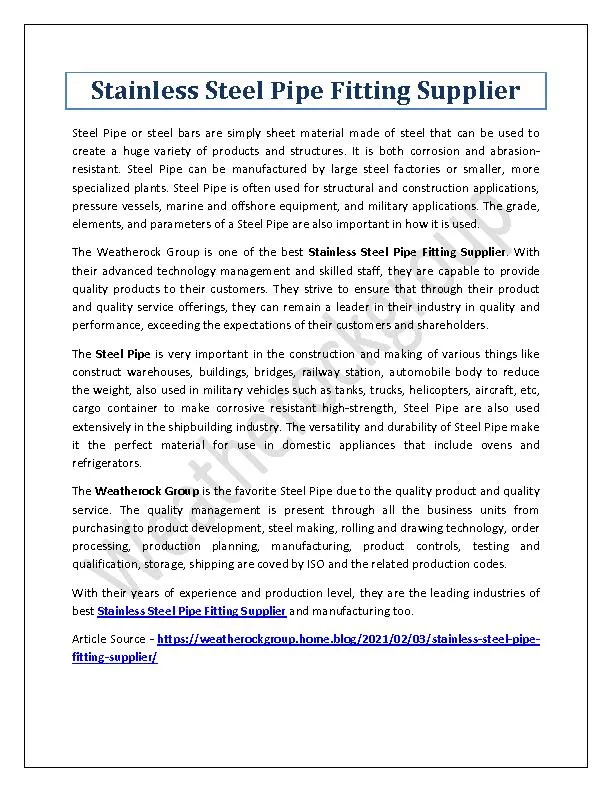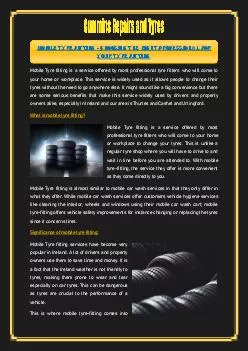PPT-Fitting & Matching Region Representation
Author : taxiheineken | Published Date : 2020-06-23
Image Alignment Optical Flow Lectures 5 amp 6 Prof Fergus Slides from S Lazebnik S Seitz M Pollefeys A Effros Panoramas Facebook 360 photos How do we build
Presentation Embed Code
Download Presentation
Download Presentation The PPT/PDF document "Fitting & Matching Region Represent..." is the property of its rightful owner. Permission is granted to download and print the materials on this website for personal, non-commercial use only, and to display it on your personal computer provided you do not modify the materials and that you retain all copyright notices contained in the materials. By downloading content from our website, you accept the terms of this agreement.
Fitting & Matching Region Representation: Transcript
Download Rules Of Document
"Fitting & Matching Region Representation"The content belongs to its owner. You may download and print it for personal use, without modification, and keep all copyright notices. By downloading, you agree to these terms.
Related Documents

